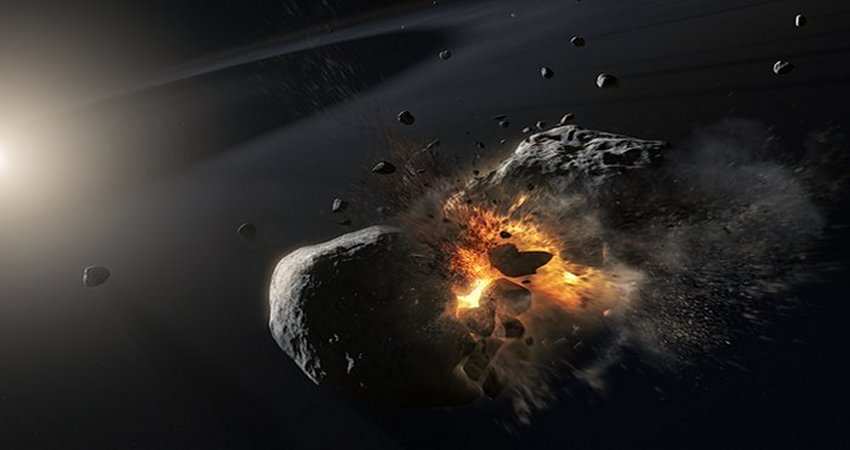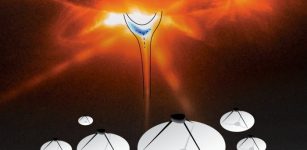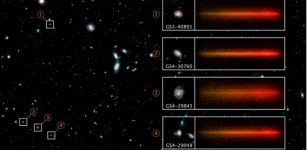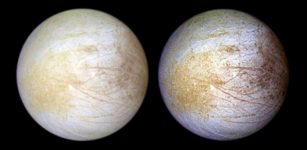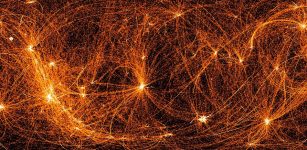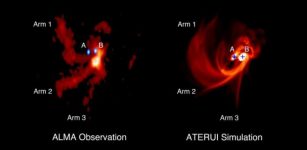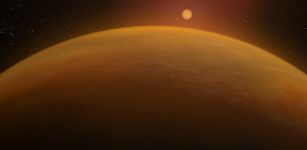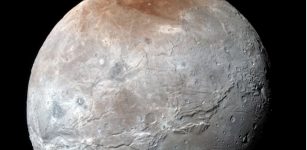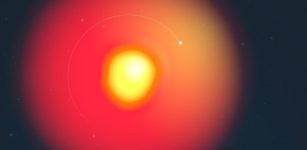Japanese Jumping Robotic Rovers Deliver Amazing Images From Surface Of Asteroid Ryugu
MessageToEagle.com – Two Japanese rovers – Rover-1A and 1B have sent back some amazing images from their mission at asteroid Ryugu, 280 million kilometers (175 million miles) from Earth.
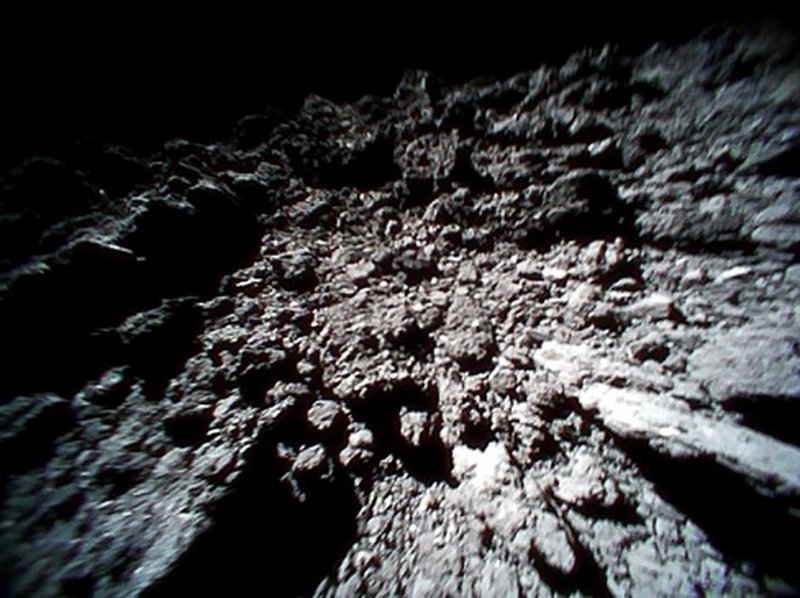
Hayabusa2 arrived at asteroid Ryugu on June 27, after which the spacecraft remained at a distance of about 20km (the Home Position) to continue to observe the asteroid.
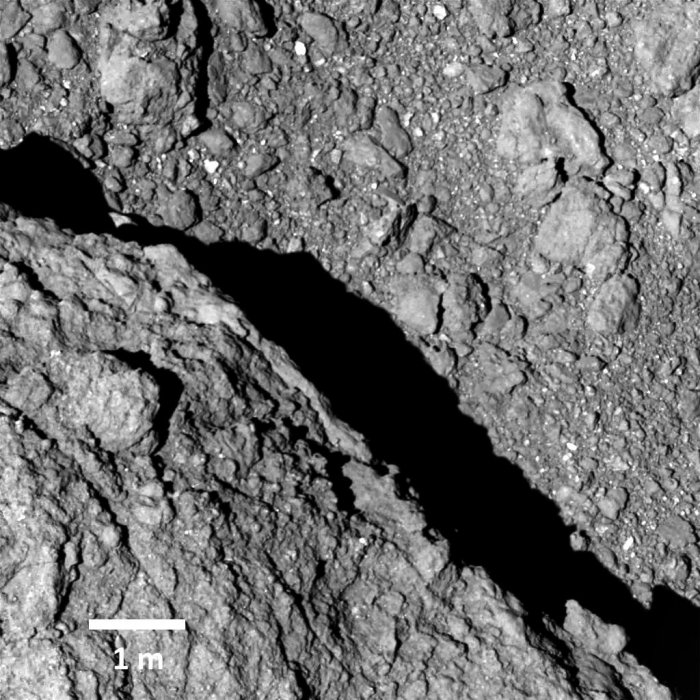
During this time, the spacecraft was maintaining a hovering altitude of 20km above the asteroid surface.In the week of July 16, operations were begun to lower this hovering altitude, eventually bringing the spacecraft to less than 6km from the asteroid surface.
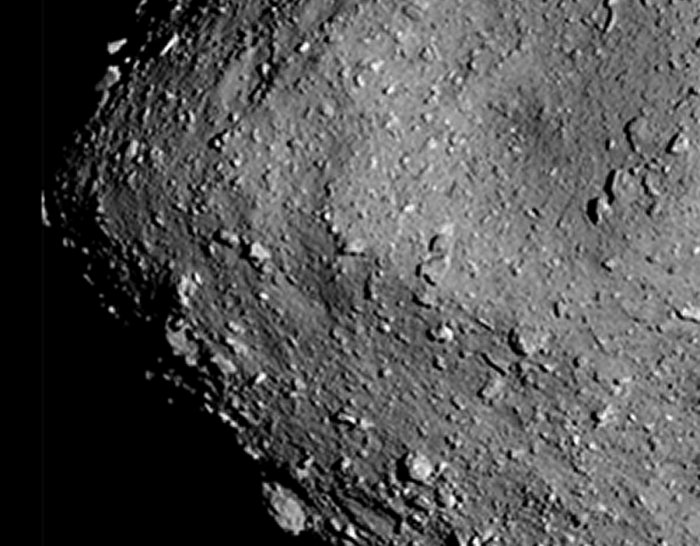
“I cannot find words to express how happy I am that we were able to realize mobile exploration on the surface of an asteroid,” project manager Yuichi Tsuda said on the space agency’s website.
It took more than three years for the unmanned Hayabusa2 spacecraft to reach the vicinity of asteroid Ryugu. Hayabusa2 aims to study Ryugu in detail, deposit a European and a series of Japanese landers on the surface and return a sample of ancient rock to Earth in 2020.
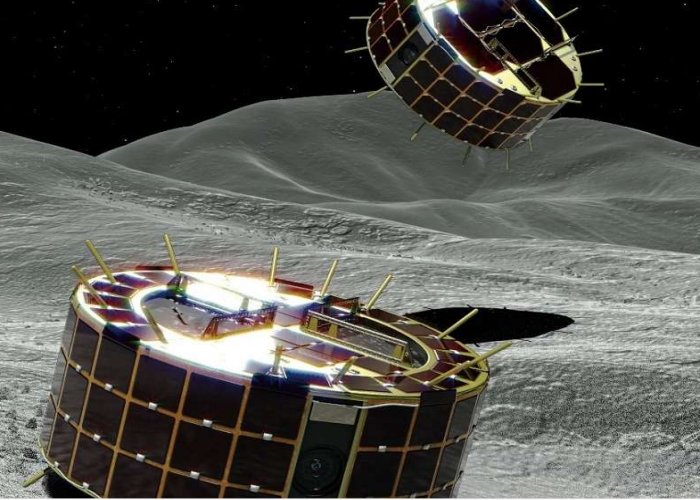
One week ago, the craft successfully dropped a small capsule with two rovers onto its surface. The rovers, each about the size of circular cookie tin, don’t have wheels but jump around the asteroid.
Hayabusa2 is scheduled to drop a German-French lander with four observation devices onto the asteroid next week. It later will attempt to land on the asteroid itself to collect samples to send back to researchers on Earth.
MessageToEagle.com
Expand for references
